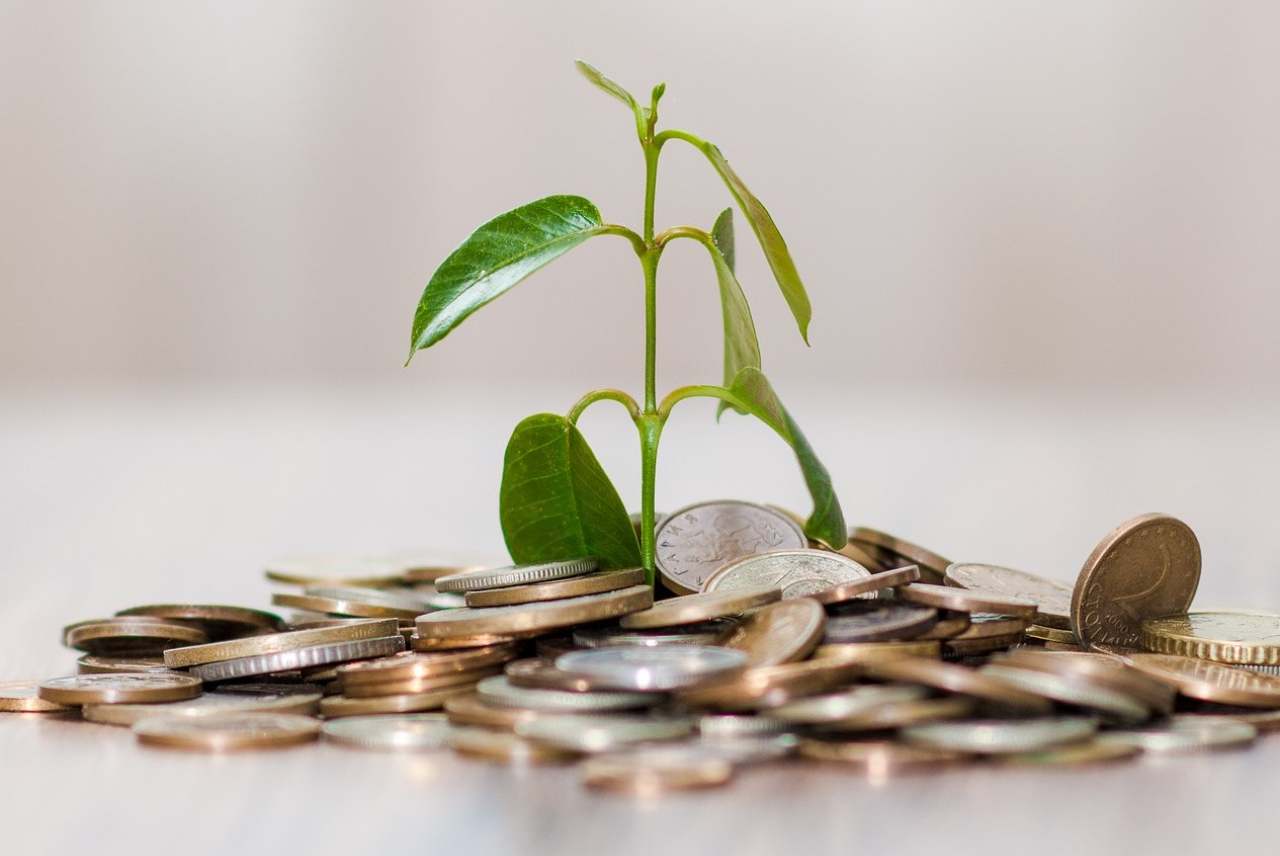What is impact investing?
Impact investing requires moving your money into funds, projects or companies that aim to have positive social and environmental outcomes while at the same time providing a return on your investment.
The aim is to create value for you as an investor and the wider world at the same time.
Impact investments span a broad range of sectors, asset classes and regions. It can include microfinance, community share offerings or investments in some of the world’s biggest companies (which can lead to debates about the actual impact of some investments. This has become more of an issue as impact investment has become more mainstream. More on this below).
Impact investors regularly monitor the performance of their assets against social and environmental goals, and there is often a big focus on transparency.
Impact investing offers those with money a different route to traditional philanthropic or charity giving, by providing capital to businesses that are trying to do the right thing.
Three key aspects distinguish impact investing from conventional investing:
- Intentionality: the intention to exert a positive social or environmental impact;
- Additionality: funding a good cause that may not otherwise exist;
- Measurement: being accountable and transparent in reporting on the financial, social and environmental impact of investments.
Many different groups of people are using impact investments to change the world.
- Individual investors (consumers)
- Financial institutions (such as banks or insurance companies)
- Religious groups
- Local councils
- Companies and cooperatives who have retained assets
For investors, the benefit is that they get to know that their money is making a difference in the world by financing companies that are generally trying to do the right thing.
For companies that are doing the right thing, it provides access to more capital and gives them the ability to further their work. It could also give a competitive edge over others if finance becomes more easily available or at better terms.









